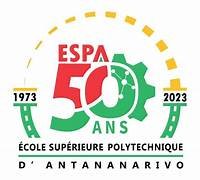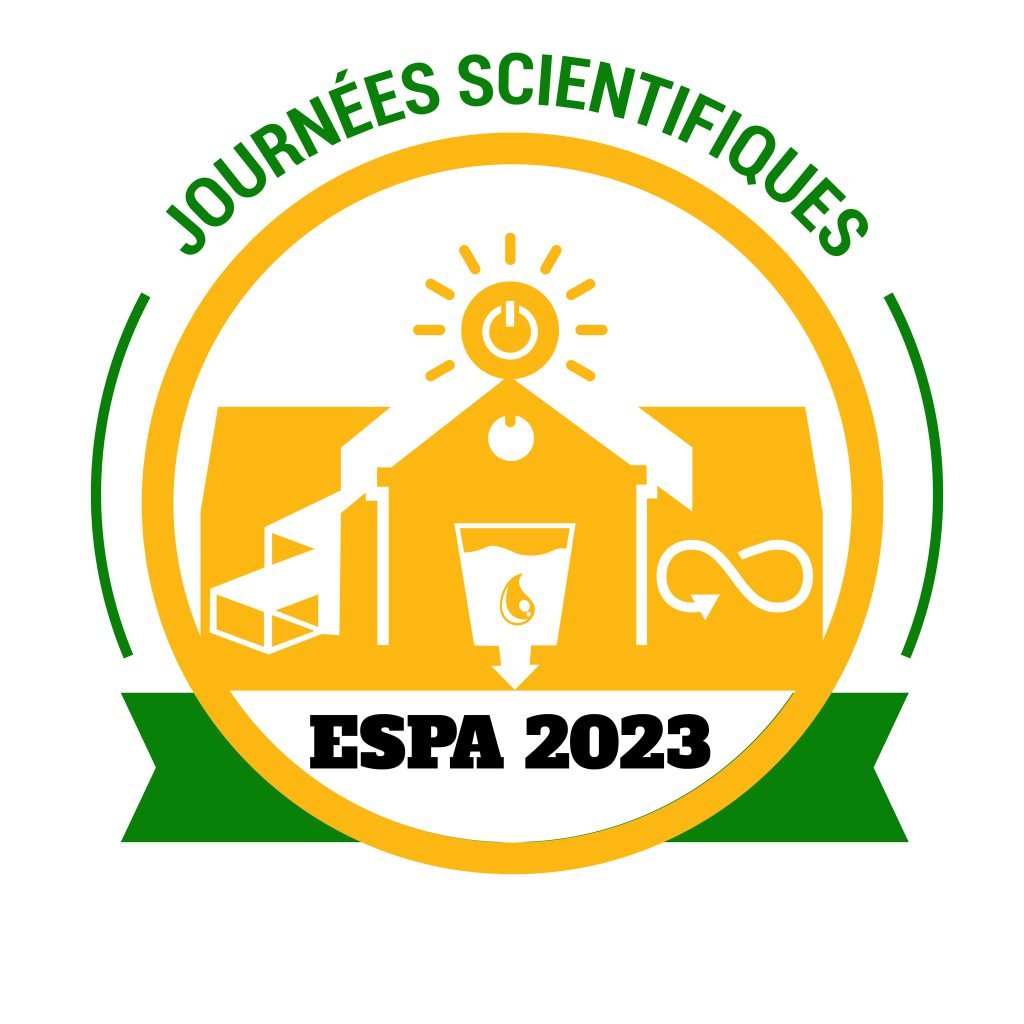RAHARINJATO Fanja Hanitriniala, ANDRIANARISON Edouard , RAMANDASON Ravaka Aritefy, RAKOTONDRAMANGA Maonja, RAHARIJAONA Robin
Résumé
Madagascar, the world's fourth largest island, is rich in biodiversity and mineral resources. There are huge deposits of hydrocarbons underground. Madagascar, for example, has a mining area called 3104 from Tsimiroro in the Morondava Basin, with an estimated 1.7 billion barrels of heavy oil reserves. Petroleum is both an energy source and a raw material. Therefore, the purpose of this study is to convert this heavy oil into different cuts. To this end, the methodology consisted of construction of a cracking plant, subsequent distillation of catalytic cracking products, and physicochemical analysis of heavy oil, cracking products and distillates. The results showed that the crude oil contained 46.58% aromatics with a viscosity and density of 2847.76 cSt and 0.98 respectively. Catalytic cracking produced 3.0% coke and 6.8% non-condensable gases, but the yield of combustible cracked oil reached 90%. The distillation of the cracked liquid produced light, medium and heavy fractions with a yield of respectively 14%, 78 % and 8 %. These results have shown the effectiveness of the process adopted, nevertheless, some improvements are being considered to optimize the quality of the fuel obtained. Of course, the use of eco-friendly alternatives is required to protect the environment, but for Madagascar, the development of this black resource, combined with measures to reduce environmental impact, is an important part of today's society, energy and It will be a way to overcome economic problems.
Heavy oil, , , Catalytic cracking, Distillation,, Light fraction
References
[1] J.-S. Ratsisompatrarivo and V. A. Rasoamampianina, “Conservation de la Biodiversité et Réduction de la Pauvreté à Madagascar,” Lessons Conserv., vol. 6, no. 6, pp. 30–61, 2016.
[2] V. Varin and C. I. Extractives, “Madagascar : nouvel eldorado des compagnies minières et pétrolières,” vol. 33, no. 0, pp. 1–51, 2012.
[3] O. D. E. L. A. Soci and S. De, “Les ressources minérales de Madagascar,” J. la société Stat. Paris, vol. 65, pp. 118–127, 1924.
[4] A. K. Coker, “Petroleum Refining Design and Applications Handbook,” Pet. Refin. Des. Appl. Handb., vol. 2, pp. 1–1026, 2021, doi: 10.1002/9781119476467.
[5] J. G. Speight, “Catalytic Cracking,” Heavy Extra-heavy Oil Upgrad. Technol., pp. 39–67, 2013, doi: 10.1016/b978-0-12-404570-5.00003-x.
[6] J. G. Speight, “Thermal Cracking,” Heavy Extra-heavy Oil Upgrad. Technol., pp. 15–38, 2013, doi: 10.1016/b978-0-12-404570-5.00002-8.
[7] M. A. Fahim, T. A. Alsahhaf, and A. Elkilani, “Introduction,” Fundam. Pet. Refin., pp. 1–9, 2010, doi: 10.1016/b978-0-444-52785-1.00001-2.
[8] A. Drews, “Standard Test Method for Distillation of Crude Petroleum (15-Theoretical Plate Column),” Man. Hydrocarb. Anal. 6th Ed., no. November, pp. 455-455–29, 2008, doi: 10.1520/mnl10903m.
[9] H. Zare, M. Bosaghzadeh, and F. Farahbod, “Investigation of Physical Propreties of Nano Crude Petroleum : Increasing Oil Flow Rate in Reservoirs,” Adv. Nanoparticles, vol. 12, 2023.
[10] A. J. Sylviano, “CONTRIBUTION A L’ETUDE DES HUILES LOURDES DE TSIMIRORO : CARACTERISTIQUES PHYSICO-CHIMIQUES ET ESSAI DE VALORISATION,” p. 71, 2008.
[11] J. Eyssautier, P. Levitz, D. Espinat, J. Eyssautier, P. Levitz, and D. E. Caract “Characterization and Modeling of asphaltenes: from model to processing conditions,”
2012.
[12] J. Ancheyta, Petroleum refining 1.1, Modeling a. John Wiley& sons, 2011.
[13] A. K. Coker, “Composition of Crude Oils and Petroleum Products,” Pet. Refin. Des. Appl. Handb., vol. 1, pp. 7–30, 2018, doi: 10.1002/9781119257110.ch2.
[14] M. A. Fahim, T. A. Alsahhaf, and A. Elkilani, “Chapter four: Crude distillation,” Fundam. Pet. Refin., pp. 69–93, 2010, doi: 10.1016/B978-0-444-52785-1.00004-8.
[15] S. Fakher, M. Ahdaya, M. Elturki, and A. Imqam, “Critical review of asphaltene properties and factors impacting its stability in crude oil,” J. Pet. Explor. Prod. Technol., vol. 10, no. 3, pp. 1183–1200, 2020, doi: 10.1007/s13202-019-00811-5.
[16] J. H. Gary, J. H. Handwerk, M. J. Kaiser, and D. Geddes, Catalytic Reforming and Isomerization, vol. 1. 2020. doi: 10.4324/9780203907924-15.
[17] A. Safitri, G. R. Alfath, W. D. P. Rengga, N. A. Sasongko, and I. J. Safira, “Calcined Kiln Analysis and Proximate Simulation of High-Quality Coke Products Using Aspen Plus,” Proc. Conf. Broad Expo. to Sci. Technol. 2021 (BEST 2021), vol. 210, no. Best 2021, pp. 34–40, 2022, doi: 10.2991/aer.k.220131.006.


